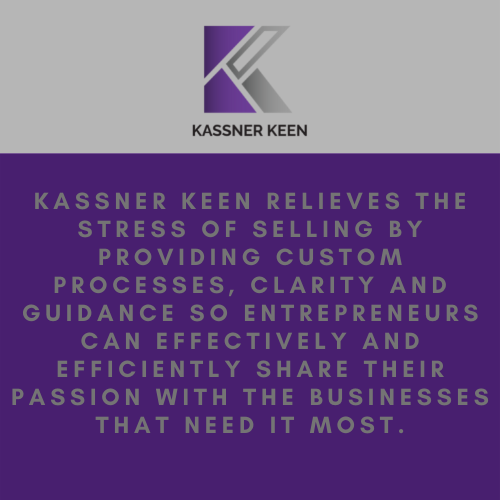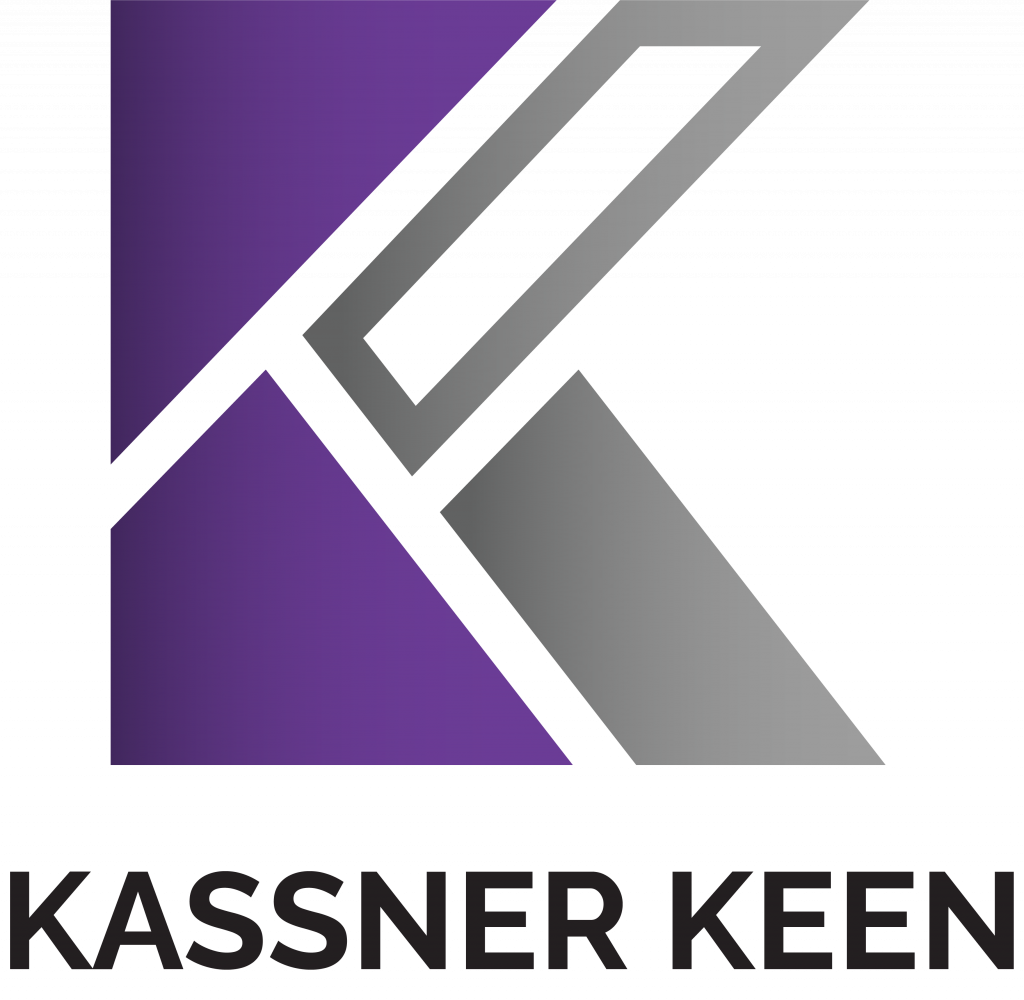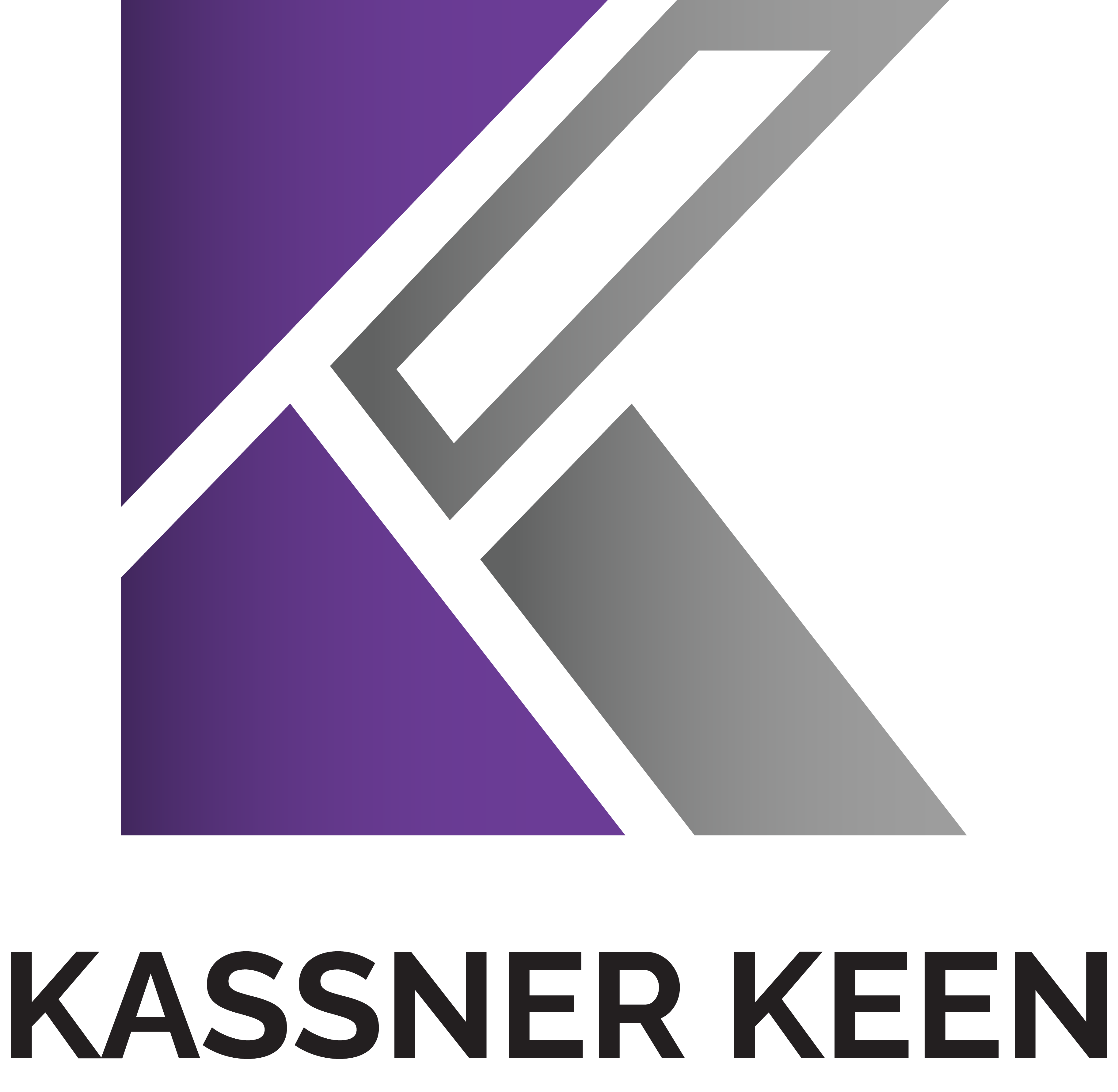
What is your value proposition?
A value proposition is defined as the value you promise to deliver to your customers post-purchase. It is ultimately what makes your product or service attractive to your ideal customer.
Most all entrepreneurs have a passion that sparked the desire to start or run the businesses they have today. They know their business well and tend to get caught up in the awesome, exciting features and details of their passion. HOW they deliver.
This is not what your potential customers care about though. They don’t care how you do anything. They only care about WHAT it does for them. So keeping the customer’s needs and wants in the forefront of your mind is crucial to composing a clear, concise, consistent, direct value proposition.
Start by defining the individual persona of your ideal customer, or target market, to help maintain a customer-centric focus in your messaging efforts. More to come on identifying and defining your target market in future blogs.
This may come as a surprise based on the definition above, but there can be different value propositions within the same company. It is important to keep in mind the result the customer will be procuring, and since no two people or organizations are identical, that can change a little or a lot from prospect to prospect. So, in summary, your value proposition can easily change with a transition between products, services or target market personas.
Here are a few different types of value propositions to consider:
- Overarching Organizational
- Individual Products or Services that provide unique results
- Separate target markets can be successfully served in different ways
- Individual performers can bring different values to the similar audience
What should go into your value proposition?
Every value proposition statement needs to address these three things:
- Specific
- Who is it for?
- The very specific benefits your ideal customer will receive if they were to purchase your product or service.
- Focused
- To be cliche, this is the PAIN you relieve. The problem you solve. How your product or service improves their lives.
- Exclusive
- What sets you apart from any and all competition.
If you can find a concise way to capture each of these with accurate vocabulary that resonates with your audience, then it will be easy for people to see the value and picture what purchasing your product or service will do for them and/or their business!
Which perspective is REALITY?

The answer can fall back on the cliche term, ‘the customer is always right. This stands true in most all scenarios because the customer thinks they are right based on their perspective. Even if their perspective is tweaked, it is still a reality in their minds and that is what really matters. Your job as a sales professional is to help tweak that perspective to align with your reality as well.
This can be tough to do be it is natural for each of us to assume that everybody shares the same perspective as we do. That is not often the case though. Especially when we are extremely close to something, very passionate about it. Most entrepreneurs know more about their product or service than their customers will ever know in their lifetime. And for good reason, it is their PASSION.
Try to keep in mind:
- How much do you know?
- What would likely be beyond your ideal customer’s realm of realistic insight?
- Where do you learn what you know?
- Would your customers have access to this?
- How long you have been exposed to your product or service?
- Is it something that has been around your ideal customer for some time, or is it likely new information to them?
- Do you have any positive or negative biases?
- Guessing you have a significant positive bias, or it wouldn’t be your passion!
It is crucial to understand that not everybody shares your passion, and they don’t care to. They may love the results your product or service provides, but that doesn’t mean they care how those results are obtained.
One of the biggest mistakes we see in value proposition composition is that it is written from the professional’s viewpoint and insight, not their ideal customers. This is where market feedback becomes so crucial to creating a message that will resonate with the right people.
So, try to collect as much market feedback as possible to fine-tune your messaging. Try to collect this information from a variety of sources:
- Current customers
- Friends, family, colleagues, peers
- Lost customers / prospects
If you ask enough people, you will inevitably find some commonalities that will help you hone in on messaging that will resonate with the right people in the right way!
How do I compose a value proposition?

Now it is time to put everything you have learned through reflection and market feedback into the written word. Be sure to keep it clear, concise, consistent, and direct. No more than 2-3 sentences at the absolute most. Nobody will want to or be able to, relate or retain much more than that.
Let’s also keep in mind that we are staying away from hype and features. While buzz words can be helpful, we don’t want to cloud the message with distractions that prevent your audience from understanding EXACTLY what you can do for them and who ‘them’ even are. This means you must use laymen’s terms, nobody likes to feel stupid or confused. If you make them feel that way, they will be turned off immediately.
Once you have written your first, carefully thought out, version, it is time to reflect to make sure it covers:
- What you are selling
- Who it serves
- How it will improve their lives
- Why you and not somebody else
- When said value will be delivered
Kassner Keen’s value proposition:
Reference our value proposition as a frame of reference, and please reach out if we are missing something. We can always get better!

Please also reach out to connect here if you would like to dig a little deeper into composing your own, impactful value proposition!



